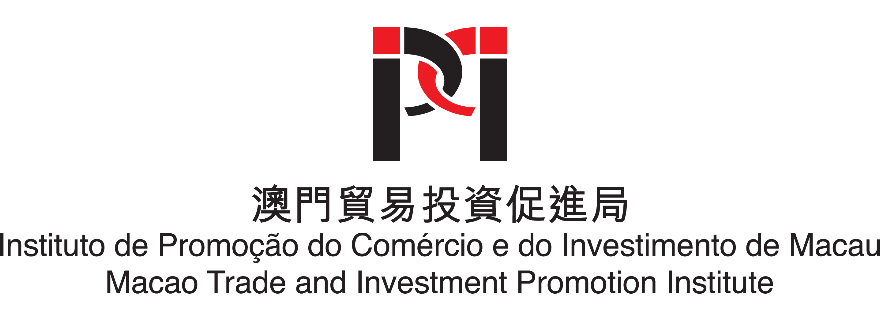The FT (Free Trade) Account is under an independent account system newly established for innovative investment and financing services, and is applicable to enterprises and individuals based overseas or in the pilot free trade zones (FTZs). With receipt and payment controls operated under the principle of “maintaining macro-prudence in the first tier and controlled flow in the second tier”, the system allows account-based settlement, integration of and free exchange between local and foreign currencies.
After the Implementation Rules (Trial) for ![]() 《Managing Account-based Settlement in Nansha and Hengqin Areas of the China (Guangdong) Pilot Free Trade Zonehe China (Guangdong) Pilot Free Trade Zone》was announced by the Guangzhou Branch of the People’s Bank of China in September 2019, the Free Trade Account system was put into service in the China (Guangdong) Pilot Free Trade Zone in November of the same year.
《Managing Account-based Settlement in Nansha and Hengqin Areas of the China (Guangdong) Pilot Free Trade Zonehe China (Guangdong) Pilot Free Trade Zone》was announced by the Guangzhou Branch of the People’s Bank of China in September 2019, the Free Trade Account system was put into service in the China (Guangdong) Pilot Free Trade Zone in November of the same year.
Full-Featured Two-way Cross-border RMB Cash Pool (FT)

Brief Comparison among Major Cash Pooling Policies
| Threshold | Net Inflow/Outflow Limit | Fund Usage | |
| FT Full-featured Cash Pool | No minimum revenue requirement | Equivalent to owners’ equity | Investment in non-self-used properties or stock markets is prohibited. |
| FTZ Cross-border RMB Cash Pool | RMB 500 million of domestic revenue in total; RMB 100 million of foreign revenue in total; | Equivalent to owners’ equity | 1. Corporate interest rates are applicable to the funds in the account; 2. Investment in marketable securities, financial derivatives or non-self-use properties is prohibited; 3. Purchase of financial products and issuance of entrusted loans to non-member companies are prohibited. |
| National Cross-border RMB Cash Pool | RMB 1 billion of domestic revenue in total; RMB 200 million of foreign revenue in total; | 50% of owners’ equity | |
| State Administration of Foreign Exchange (SAFE) Cash Pool | USD 100 million of international revenue and expenditure for domestic members (in local and foreign currencies; USD 50 million for domestic members of the FTZ cash pool) | For net external debt inflow: double of owners’ equity; For net foreign loan outflow: 50% of owners’ equity | 1. Provision of loans to non-affiliated companies is prohibited; 2. Investment in securities or financial products other than principal-protected bank products is prohibited; 3. Construction or purchase of non-self-use properties is prohibited (except for real estate companies). |
- FT (Free Trade Account): FT is a quasi-offshore account which integrates local and foreign currencies; funds in the account can be exchanged freely based on offshore exchange rates and loans can be raised or issued based on offshore interest rates.
- OSA (Offshore Account): OSA is a real offshore account and can only be opened in foreign currencies. Funds in the OSA are solely used for trades in foreign currencies, and loans in foreign currencies can be raised or issued at offshore interest rates.
- NRA (Non-Resident Account): NRA is an onshore account that can be opened in either local or foreign currencies. Onshore exchange rates apply for currency exchange according the background of the trades, and onshore interest rates are applied to loans using the funds in the account.




